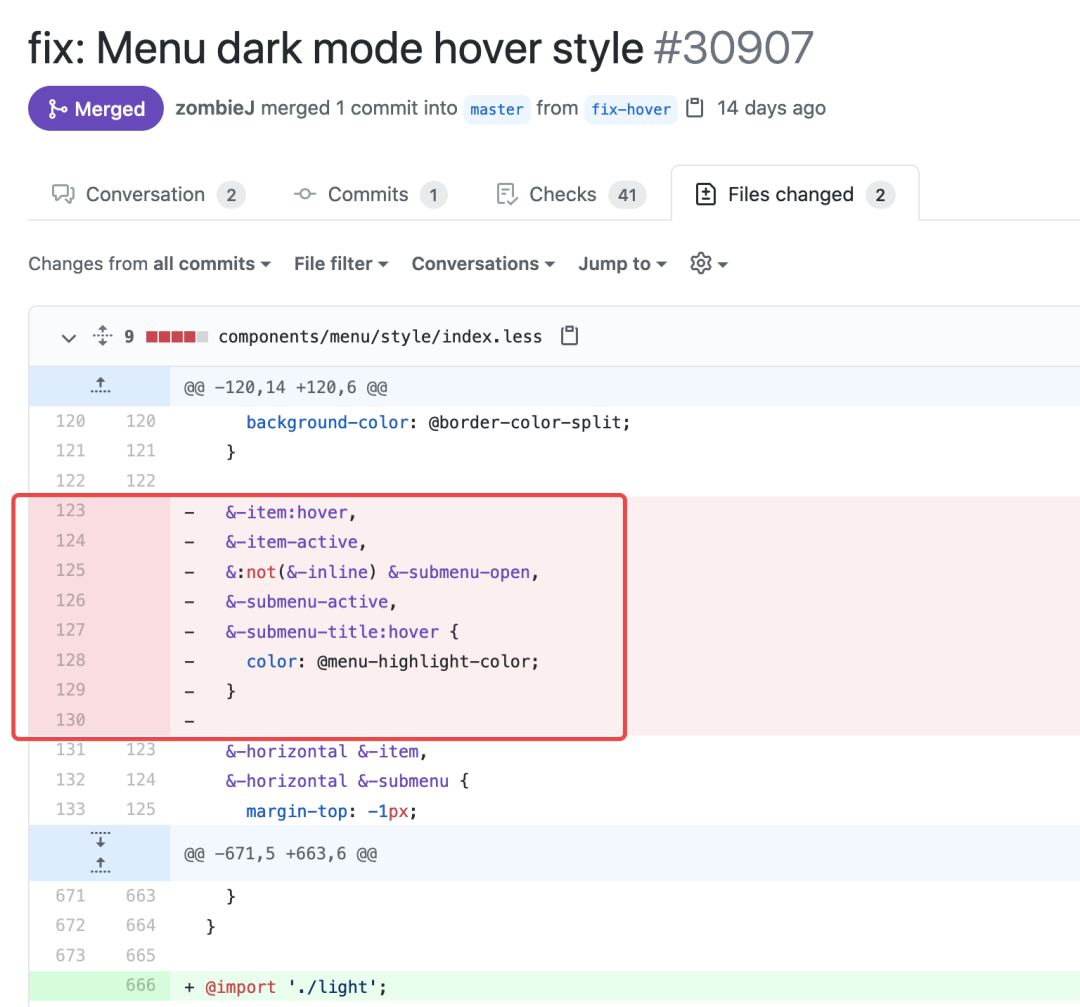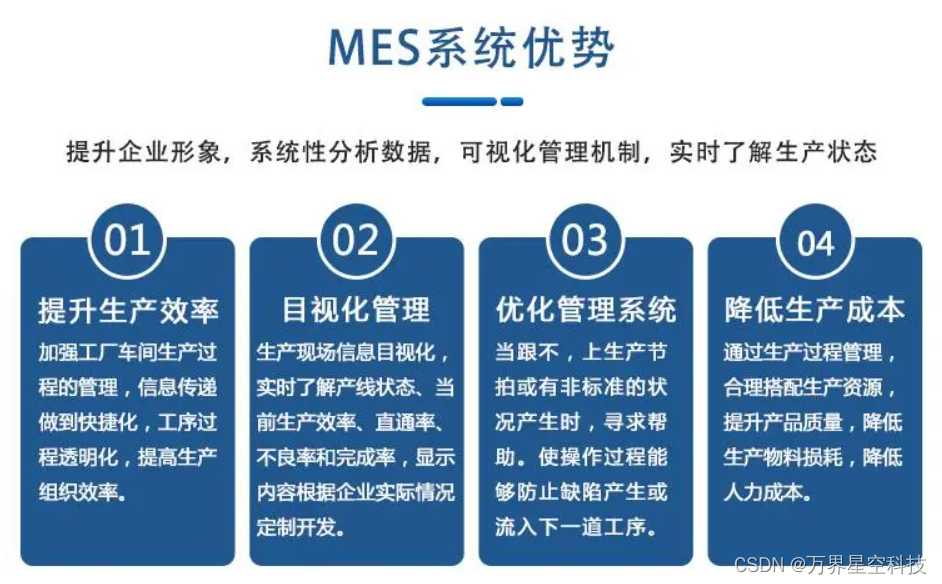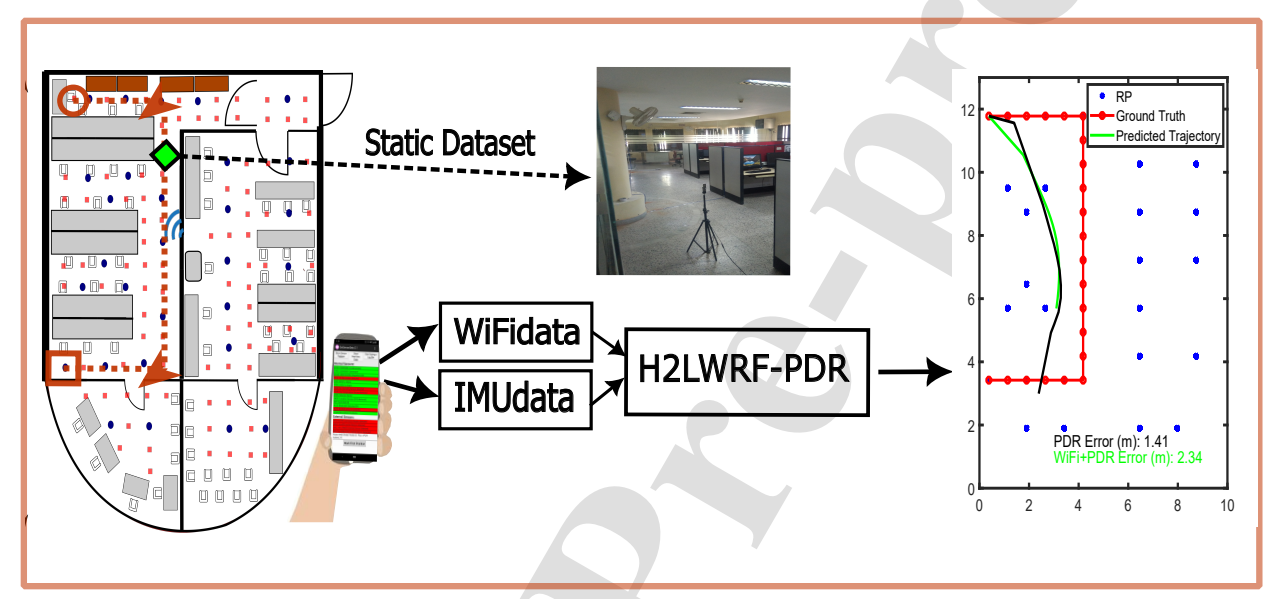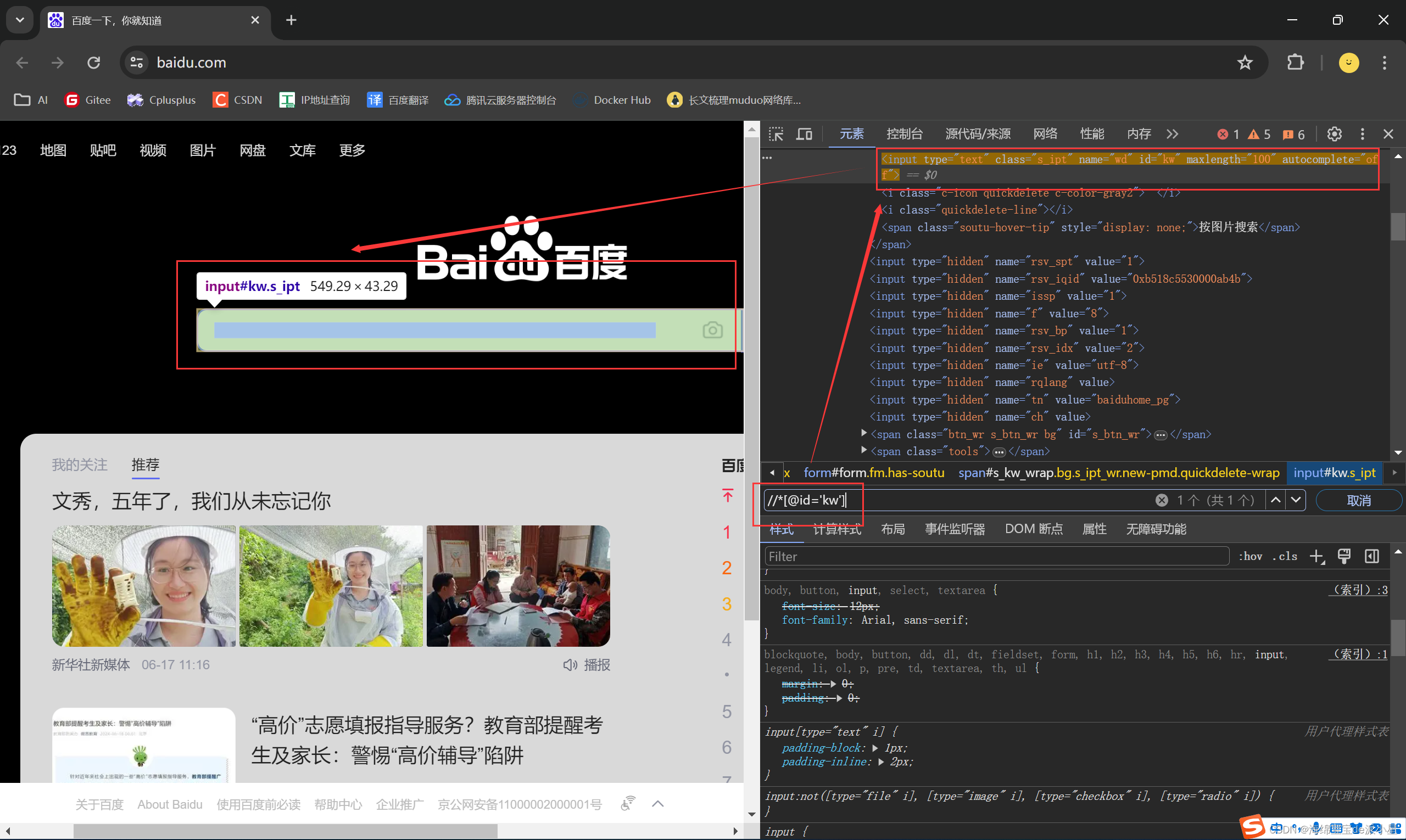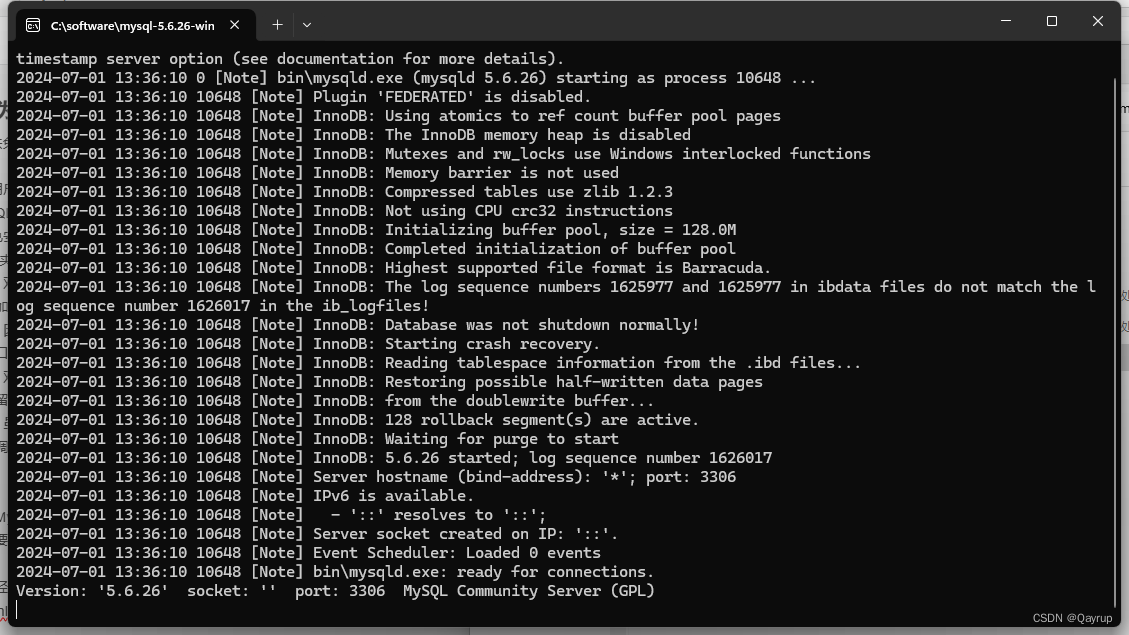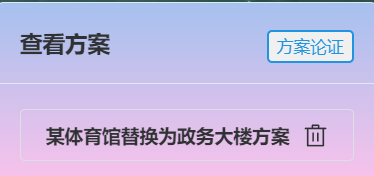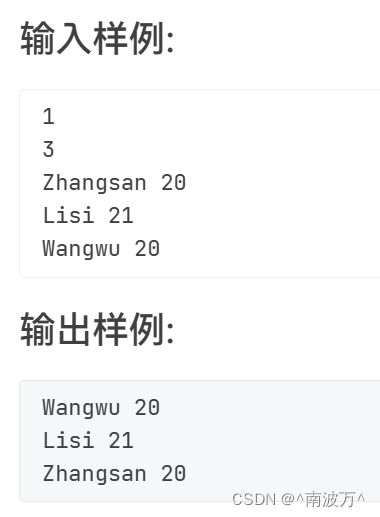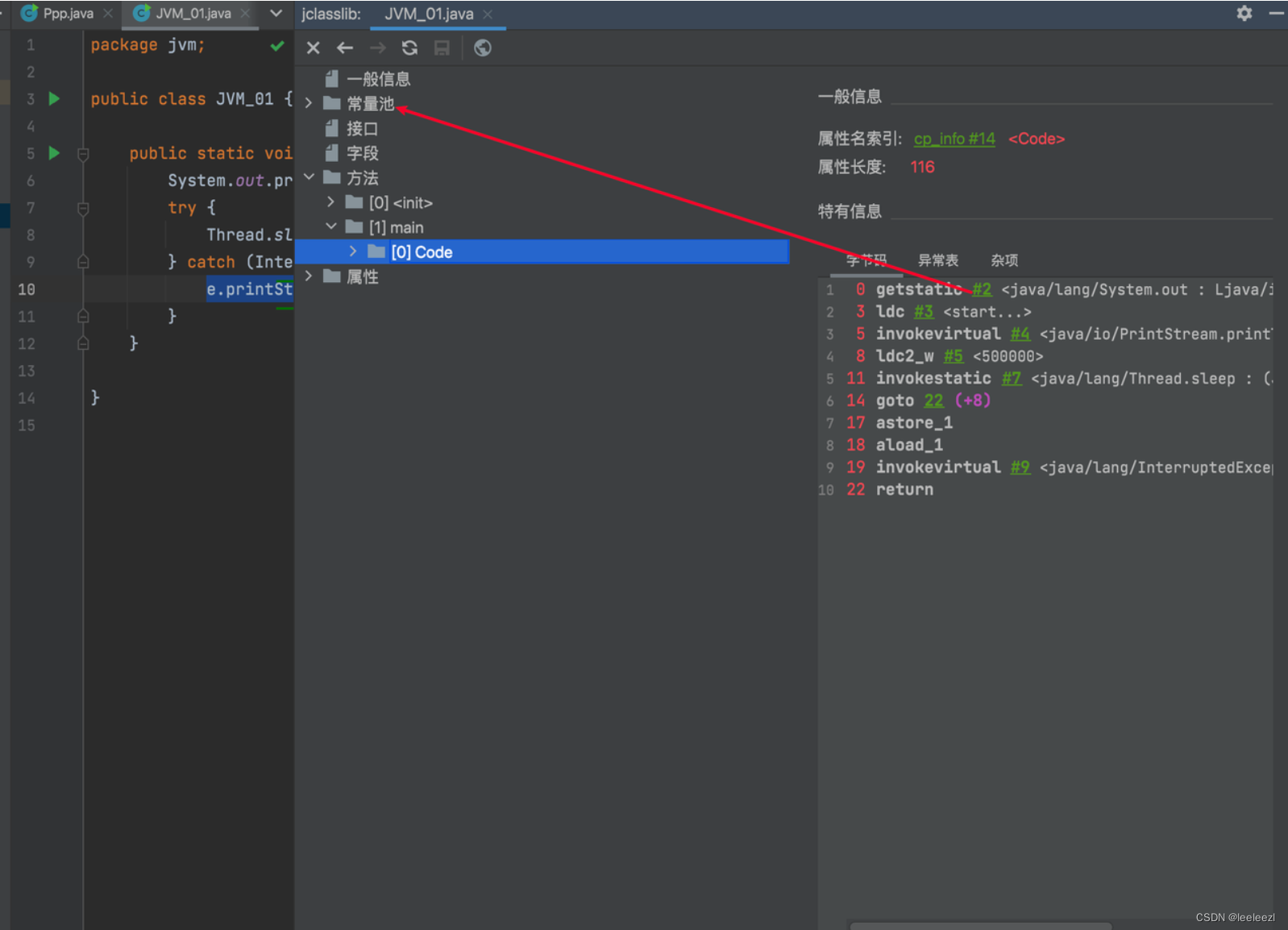目录
编辑
1. 什么是STL
2. STL的版本
3. STL的六大组件
1.容器(Container):
2.算法(Algorithm):
3.迭代器(Iterator):
4.函数(Function):
5.适配器(Adapter):
6.分配器(Allocator):
4. STL的重要性
5. 如何学习STL
6. STL的缺陷
总结

专栏:C++学习笔记
1. 什么是STL
STL(Standard Template Library,标准模板库)是C++标准库的重要组成部分。它不仅是一个可复用的组件库,而且是一个包含数据结构与算法的软件框架。STL为开发者提供了多种高效、灵活且可扩展的模板化工具,使得复杂的程序开发变得更加简单和高效。
代码示例:使用STL的vector容器
#include <iostream>
#include <vector>
int main() {
std::vector<int> numbers = {1, 2, 3, 4, 5};
for (int num : numbers) {
std::cout << num << " ";
}
std::cout << std::endl;
return 0;
}
运行结果:
小李很执着理解:
vector就像一个可以自动扩展的数组,你可以随意添加或删除元素。- 在上面的例子中,创建了一个包含数字1到5的
vector,并输出这些数字。
2. STL的版本
STL经历了多个版本的发展,不同版本有不同的特点和应用场景:
- 原始版本:由Alexander Stepanov和Meng Lee在惠普实验室完成的原始版本。这个版本是开源的,允许任何人任意使用、修改和传播。
- P. J. 版本:由P. J. Plauger开发,继承自HP版本,被Windows Visual C++采用。这一版本不能公开或修改,其缺陷在于可读性较低,符号命名比较怪异。
- RW版本:由Rouge Wage公司开发,继承自HP版本,被C++ Builder采用,也不能公开或修改,但可读性一般。
- SGI版本:由Silicon Graphics Computer Systems公司开发,继承自HP版本,被GCC(Linux)采用。这个版本可移植性好,可公开、修改甚至商业使用。从命名风格和编程风格上看,阅读性非常高。
小李很执着理解:
- 不同版本的STL是由不同的人和公司开发的,有些版本是开源的,有些版本是商业化的。
- 学习STL时主要参考SGI版本,因为它的可读性和移植性都很好。
3. STL的六大组件
STL由以下六大组件组成:
1.容器(Container):
用于存储和组织数据的对象,如vector、list、deque、set、map等。
代码示例:使用map容器
#include <iostream>
#include <map>
int main() {
std::map<std::string, int> age;
age["Alice"] = 30;
age["Bob"] = 25;
for (const auto& pair : age) {
std::cout << pair.first << " is " << pair.second << " years old." << std::endl;
}
return 0;
}
运行结果:

小李很执着理解:
map就像一本字典,可以根据“键”(如名字)查找对应的“值”(如年龄)。
在上面的例子中,创建了一个名字和年龄的对应关系,并打印出来。
2.算法(Algorithm):
用于操作容器中的数据的函数集合,如排序、查找、复制、删除等。
代码示例:使用sort算法
#include <iostream>
#include <vector>
#include <algorithm>
int main() {
std::vector<int> numbers = {4, 2, 5, 1, 3};
std::sort(numbers.begin(), numbers.end());
for (int num : numbers) {
std::cout << num << " ";
}
std::cout << std::endl;
return 0;
}
运行结果:
小李很执着理解:
sort算法可以对容器中的元素进行排序。
在上面的例子中,对一个包含随机数字的vector进行了排序,并打印出了排序后的结果。
3.迭代器(Iterator):
用于在容器中遍历元素的对象,类似于指针。常见的有forward_iterator、bidirectional_iterator、random_access_iterator等。
代码示例:使用iterator遍历vector
#include <iostream>
#include <vector>
int main() {
std::vector<int> numbers = {1, 2, 3, 4, 5};
std::vector<int>::iterator it;
for (it = numbers.begin(); it != numbers.end(); ++it) {
std::cout << *it << " ";
}
std::cout << std::endl;
return 0;
}
运行结果:
小李很执着理解:
iterator类似于指针,可以用来遍历容器中的元素。
在上面的例子中,使用iterator遍历了一个vector,并打印出了每个元素。
4.函数(Function):
STL提供了一些函数对象和仿函数,用于实现自定义的算法行为。
代码示例:使用greater仿函数
#include <iostream>
#include <vector>
#include <algorithm>
#include <functional>
int main() {
std::vector<int> numbers = {4, 2, 5, 1, 3};
std::sort(numbers.begin(), numbers.end(), std::greater<int>());
for (int num : numbers) {
std::cout << num << " ";
}
std::cout << std::endl;
return 0;
}
运行结果:
小李很执着理解:
greater是一个仿函数,用来实现降序排序。
在上面的例子中,使用greater仿函数对vector进行了降序排序,并打印出了排序后的结果。
5.适配器(Adapter):
用于修改容器或仿函数行为的组件,如stack、queue、priority_queue等。
代码示例:使用stack适配器
#include <iostream>
#include <stack>
int main() {
std::stack<int> s;
s.push(1);
s.push(2);
s.push(3);
while (!s.empty()) {
std::cout << s.top() << " ";
s.pop();
}
std::cout << std::endl;
return 0;
}
运行结果:
小李很执着理解:
stack是一种先进后出(LIFO)的数据结构,就像叠盘子,最后放的盘子最先拿出来。
在上面的例子中,往stack中添加了三个数字,并按顺序取出了这些数字。
6.分配器(Allocator):
用于管理内存分配和释放的组件。
代码示例:自定义分配器
#include <iostream>
#include <memory>
#include <vector>
template<typename T>
struct SimpleAllocator {
typedef T value_type;
SimpleAllocator() = default;
template<typename U>
SimpleAllocator(const SimpleAllocator<U>&) {}
T* allocate(std::size_t n) {
return static_cast<T*>(::operator new(n * sizeof(T)));
}
void deallocate(T* p, std::size_t) noexcept {
::operator delete(p);
}
};
int main() {
std::vector<int, SimpleAllocator<int>> vec = {1, 2, 3, 4, 5};
for (int num : vec) {
std::cout << num << " ";
}
std::cout << std::endl;
return 0;
}
运行结果:![]()
小李很执着理解:
分配器负责管理内存的分配和释放,可以自定义来满足特定需求。
在上面的例子中,实现了一个简单的分配器,并用它来创建一个vector,然后打印出了vector中的元素。
知识点:STL的六大组件各有用途,组合使用可以解决复杂的数据处理问题。
4. STL的重要性
STL在C++开发中占有重要地位,其重要性主要体现在以下几个方面:
在笔试中:STL提供的高效算法和容器常常在编程题中使用,如二叉树层序打印、重建二叉树、用两个栈实现一个队列等。
代码示例:用两个栈实现一个队列
#include <iostream>
#include <stack>
class Queue {
private:
std::stack<int> stack1, stack2;
public:
void enqueue(int x) {
stack1.push(x);
}
int dequeue() {
if (stack2.empty()) {
while (!stack1.empty()) {
stack2.push(stack1.top());
stack1.pop();
}
}
if (stack2.empty()) {
throw std::out_of_range("Queue is empty");
}
int top = stack2.top();
stack2.pop();
return top;
}
};
int main() {
Queue q;
q.enqueue(1);
q.enqueue(2);
q.enqueue(3);
std::cout << q.dequeue() << " "; // 输出1
std::cout << q.dequeue() << " "; // 输出2
std::cout << q.dequeue() << std::endl; // 输出3
return 0;
}
运行结果:
小李很执着理解:
通过使用两个栈,可以实现一个队列的功能,先进先出(FIFO)。
在上面的例子中,创建了一个队列,往其中添加了三个数字,并按顺序取出了这些数字。
在面试中:掌握STL是衡量C++开发者能力的重要标准之一。面试官常常通过STL相关问题考察候选人的算法能力和代码实现能力。
在工作中:STL使得开发者无需重复实现基础数据结构和算法,可以专注于业务逻辑的实现,大幅提升开发效率和代码质量。
网上有句话说:“不懂STL,不要说你会C++”。这句话充分体现了STL在C++开发中的重要性。
5. 如何学习STL
学习STL可以分为三个阶段:能用、明理、能扩展。
能用:首先要掌握STL的基本用法,了解各类容器、算法和迭代器的使用方法,并能够在实际开发中应用。
代码示例:使用vector和sort
#include <iostream>
#include <vector>
#include <algorithm>
int main() {
std::vector<int> numbers = {4, 2, 5, 1, 3};
std::sort(numbers.begin(), numbers.end());
for (int num : numbers) {
std::cout << num << " ";
}
std::cout << std::endl;
return 0;
}
运行结果:
小李很执着理解:
学习STL的第一步是能够正确使用它的各种容器和算法。
在上面的例子中,使用了vector和sort,并打印了排序后的结果。
明理:深入理解STL的内部实现原理,了解各组件的设计思想和工作机制,掌握常见问题的解决方法。
知识点:例如,了解vector如何管理动态数组的内存,如何在内部实现扩容等。
能扩展:在掌握基础知识的基础上,能够根据具体需求对STL进行扩展或优化,如自定义分配器、实现特定算法等。
代码示例:自定义分配器
#include <iostream>
#include <memory>
#include <vector>
template<typename T>
struct SimpleAllocator {
typedef T value_type;
SimpleAllocator() = default;
template<typename U>
SimpleAllocator(const SimpleAllocator<U>&) {}
T* allocate(std::size_t n) {
return static_cast<T*>(::operator new(n * sizeof(T)));
}
void deallocate(T* p, std::size_t) noexcept {
::operator delete(p);
}
};
int main() {
std::vector<int, SimpleAllocator<int>> vec = {1, 2, 3, 4, 5};
for (int num : vec) {
std::cout << num << " ";
}
std::cout << std::endl;
return 0;
}
运行结果:
小李很执着理解:
学习STL的高级阶段是能够根据需求进行扩展,比如自定义分配器。
在上面的例子中,实现了一个简单的分配器,并用它来创建一个vector。
知识点:学习STL不仅要会用,还要理解其原理,进而能够根据需求进行扩展。
6. STL的缺陷
虽然STL功能强大,但也存在一些缺陷:
更新速度慢:STL库的更新速度较慢。自C++98之后,中间的C++03版本仅做了一些修订,直到C++11才有进一步的更新。
缺乏线程安全:STL目前不支持线程安全。在并发环境下,开发者需要自己加锁,而且锁的粒度较大。
内部复杂:STL极度追求效率,导致内部实现比较复杂,如类型萃取、迭代器萃取等机制。
代码膨胀问题:由于模板语法的特性,STL的使用会导致代码膨胀,例如使用vector<vector<vector<int>>>这样的嵌套容器会生成多份代码。
小李很执着理解:
STL虽然强大,但也有一些问题,比如更新慢、不支持线程安全、内部复杂和代码膨胀。
了解这些缺陷可以帮助在使用过程中规避潜在的问题,并根据需求做出合理的取舍和优化。
总结
总结来说,STL是C++开发中不可或缺的重要工具。掌握STL不仅能够大幅提升开发效率和代码质量,还能帮助开发者更深入地理解C++语言的精髓。在学习和使用STL的过程中,虽然会遇到一些挑战和问题,但其带来的便利和效率提升是无可替代的。


